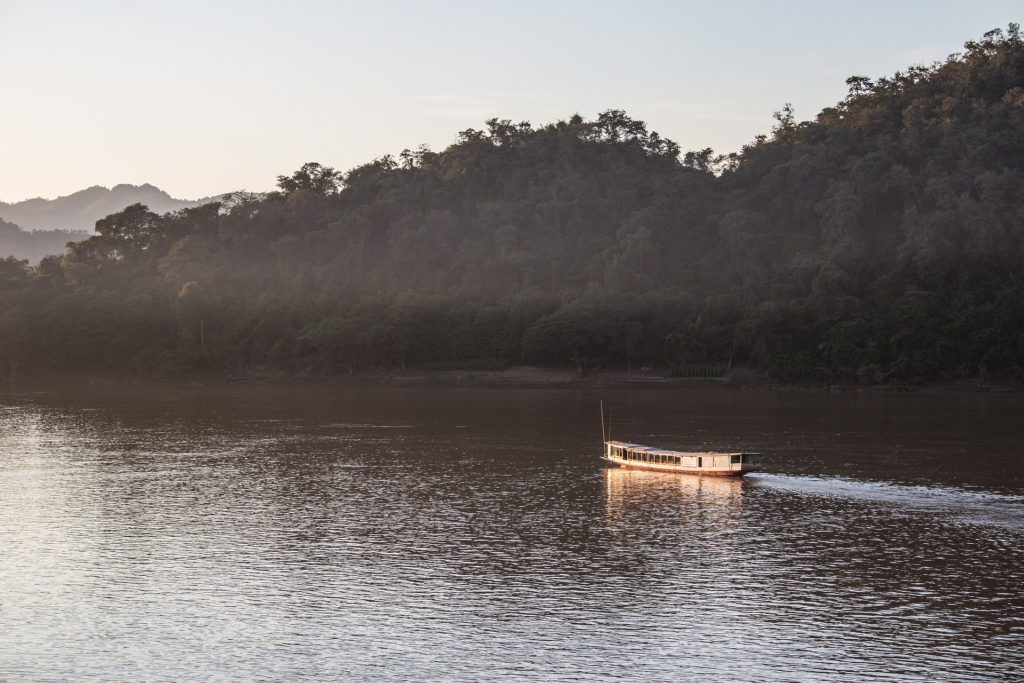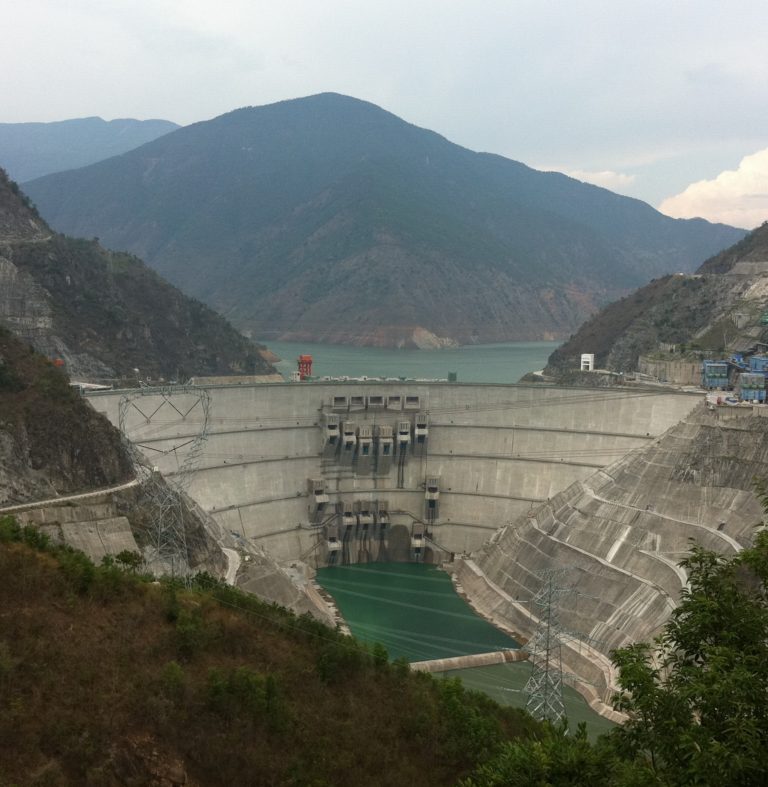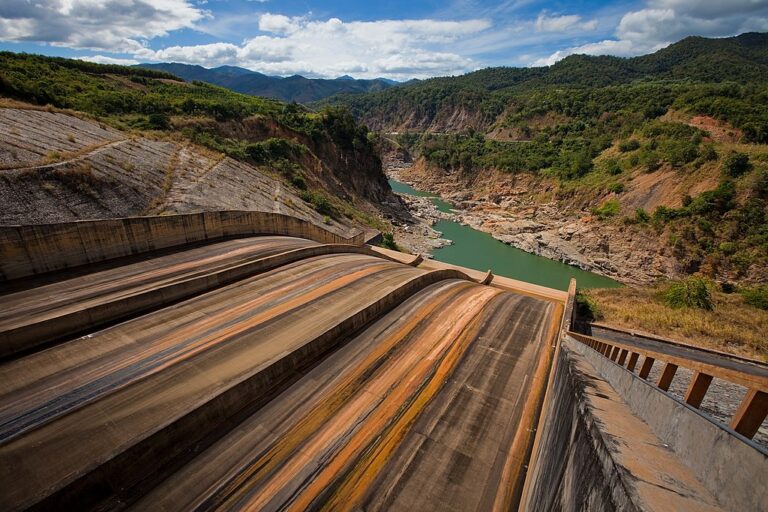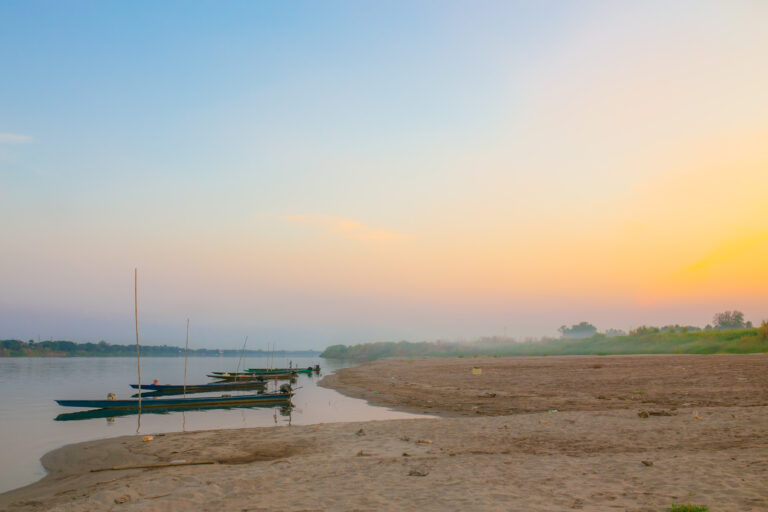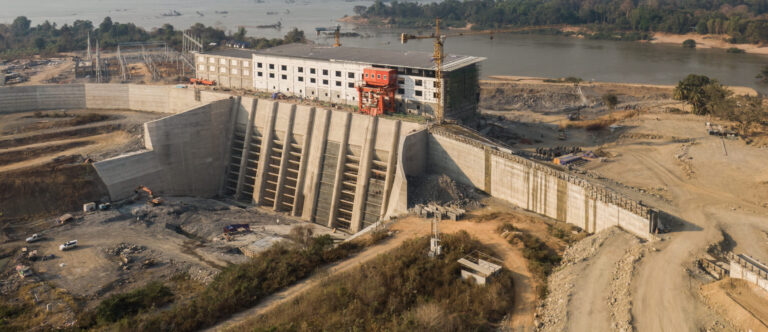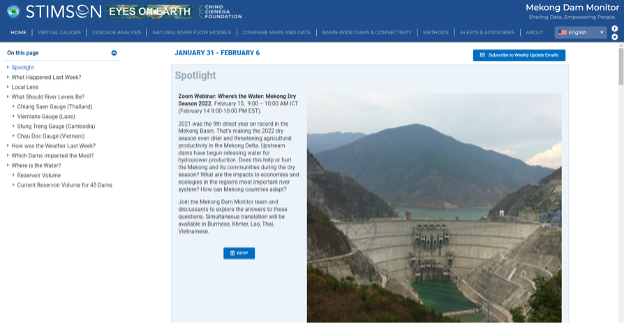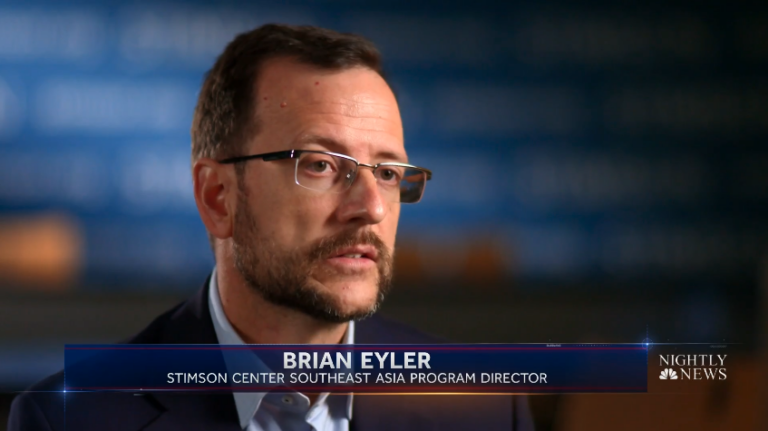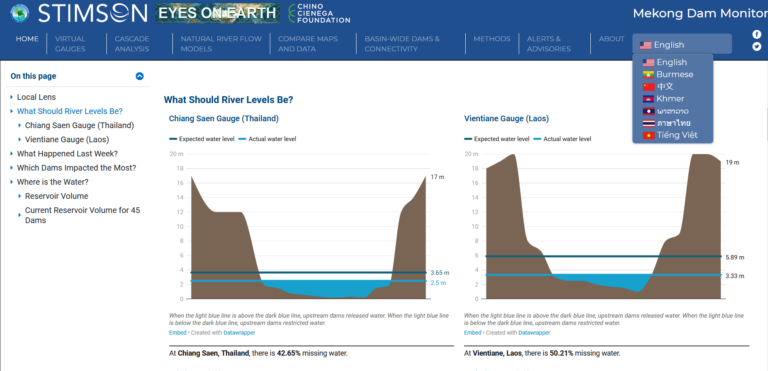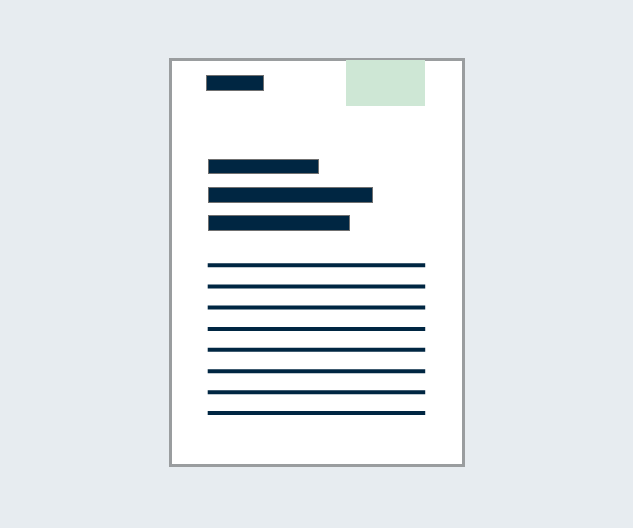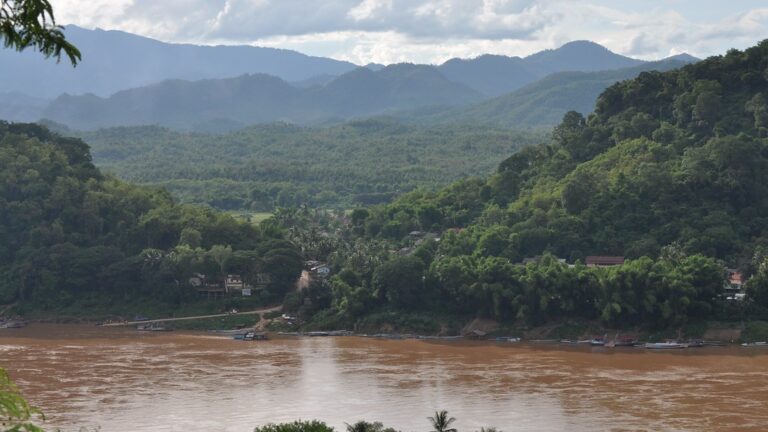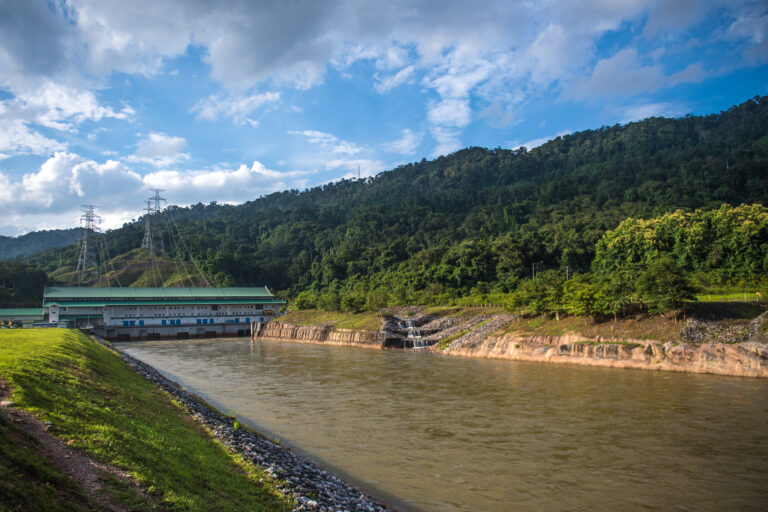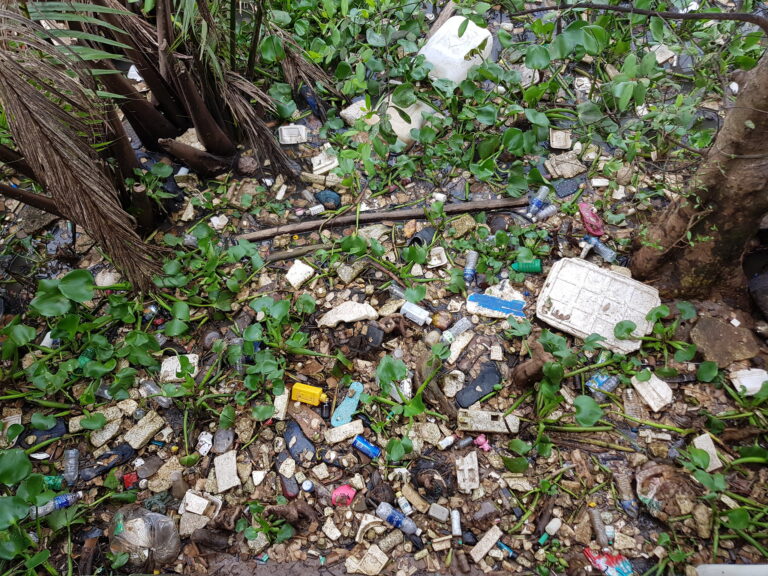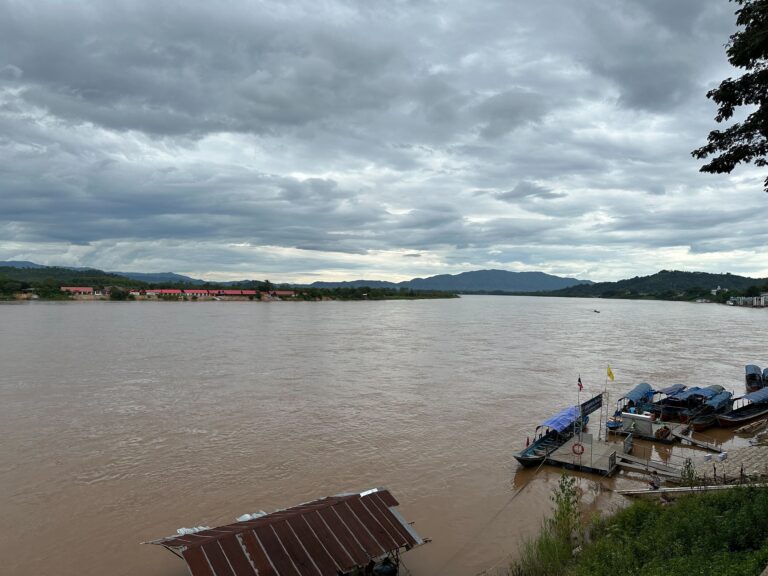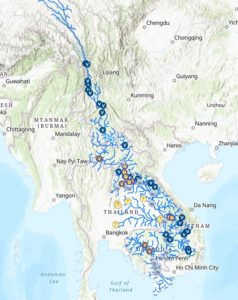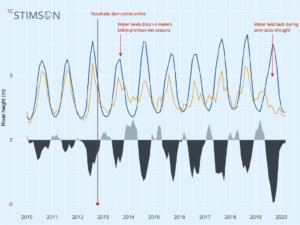The Mekong Dam Monitor is an online platform which uses remote sensing, satellite imagery, and GIS analysis to provide near-real time reporting and data downloads across numerous previously unreported indicators in the Mekong Basin. The platform is freely available for public use on the Mekong Water Data Initiative website and all research inputs are public-access resources. This project is a collaborative partnership formed by the Stimson Center’s Southeast Asia Program and Eyes on Earth, Inc with funding support from the Mekong-US Partnership, the Chino Cienega Foundation, and individual donors.
Awards



Latest
Events
Project Details
Indicators and Outputs
- Weekly updates of high-resolution satellite images (10-meter Sentinel imagery) of all 13 completed dams and reservoirs on the Mekong mainstream in addition to 13 tributary dams with power generation capacities greater than 200 MW.
- Weekly reservoir level (meters above sea level) readings and operation curves of those dams
- Weekly visualization and analysis of China’s 11 dam cascade on the upper Mekong.
- High resolution images and hydrological analysis of four key downstream impact areas of interest.
- Visualization of natural flow model data compared to two Mekong River Commission gauges at Chiang Saen, Thailand and Vientiane, Laos
- Maps and data to show variations in surface wetness, temperature, snow-cover and precipitation for the entirety of the Mekong basin
- Descriptive data on all dams and reservoirs planned, under construction, and completed in the Mekong Basin (500+)
Objectives and Anticipated Outcomes
- Ongoing, transparent, and evidence-based monitoring of Mekong mainstream and major tributary dam operations and downstream hydrological impacts (alterations to hydrological flow).
- Strengthen capacity among stakeholders to apply independent quantitative measurements of expected natural water flow in the upper river basin increasing their capacity for negotiation, transboundary river governance, and autonomous decision making.
- Increase capacity to anticipate environmental and social impacts of dam operations.
- Increase knowledge of the benefits of natural river flow, improving opportunities for broad conservation of the Mekong’s natural resource provisions and greatly reducing risks to ecological breakdown in the Mekong.
- Provide evidenced-based data to counter inaccurate statements about the condition and operation of dams and reservoirs and water flow in the Mekong Basin.
Engagement and Educational Opportunities
Through additional support and new partnerships, the scope of the Mekong Dam Monitor can easily scale to examine other dams and landscapes in the Mekong Basin. Further, its methods can be applied to improve transparency and accountability in other river basins around the world. All research methodologies explained on the platform. These methods can be learned with training and by accessing publicly available input data and analytical tools. If you would like to provide funding support to the Mekong Dam Monitor or if you are a researcher with interest in applying these analytical methods in other basins or indicators in the Mekong, please contact Brian Eyler at [email protected]
Advisory Board
The Mekong Dam Monitor is governed by an advisory board of hydrologists, remote sensing experts, and area studies experts. The advisory board meets quarterly to review progress and provide advice on platform updates. Advisory board activities are also joined by observers upon invitation by the project team.
- Dr. John Bolten, Associate Program Manager of Water Resources for the NASA Applied Sciences Program
- Jake Brunner, Lead, IUCN Indo-Burma Program
- Dr. Rich Cronin, Stimson Center, Distinguished Senior Fellow
- Dr. Darrin Magee, Professor of Environmental Studies, William and Hobart Smith College
- Dr. Peter-John Maynall, Chief Scientist, ICEM
- Steve Nichols, President and Founder, Chino Cienega Foundation
- Dr. Dane Ratliff, Senior Legal Research Fellow at the Center for International Sustainable Development Law
- Jocelyn Roberts, US Department of State EAP-Mekong Unit
- Dr. John Sabo, Director Future H20, Arizona State University
- Dr. Aaron Salzberg, Director, University of North Carolina Chapel Hill Water Institute
- Dr. Rafael Schmitt, Post-doctoral Fellow, Stanford University Woods Institute for the Environment
- Dr. Jenna Shinen, US Department of State OES-Mekong Water Team
- Dr. Jennifer Turner, Director, China Environmental Forum, Wilson Center

